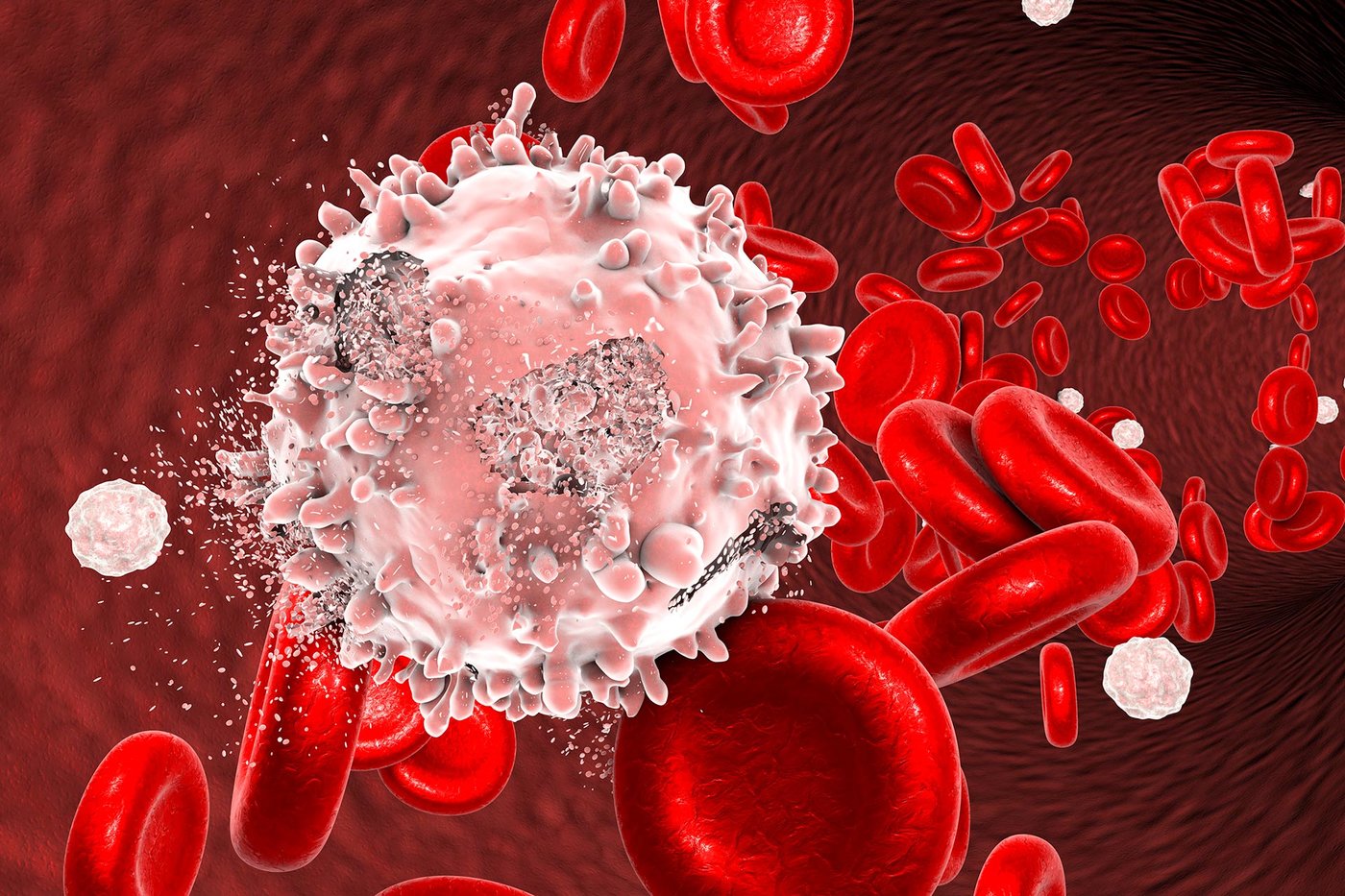Pathophysiology Assignment Help
Portal hypertension
Pathophysiology
Portal hypertension is the serious complication of disease associated with the liver, which is caused due to the different pathological events that enhance the resistance to the portal movement into the liver. It is the detrimental complication that results from the obstacle of the portal blood flow like portal; vein thrombosis, or cirrhosis. When this health condition develops it affects the extrahepatic vascular beds of the splanchnic and the systematic circulations. This will ultimately lead to formations of collateral vessels (Fernandez, 2015). The incidence of this health issue is nearly 25,000 identified cases per 100,000 people with the NAFLD (non-alcoholic fatty liver disorder). Particularly in the United States, the prevalence of cirrhosis which is the main cause of PH is nearly 270 recognized cases per 100,000 people (Kara et al., 2018).

Figure 1 portal hypertension (Sources Hopkins medicine, 2013)
Portal hypertension is secondary to pre-hepatic or the post-hepatic disruptive stenotic, or the productive or constructive vascular lesion grows mainly due to the enhanced resistance to circulation in the vessels. The pathophysiological reaction managing the expansion of intrahepatic sinusoidal portal hypertension (PH) are less instinctive and in spite of extensive study, not completely understood. An essential factor is the mechanical obstacles secondary to the architectural alterations in the liver. These alterations involve fibrosis, the capillarization of sinusoids, availability of microthrombi inside the intrahepatic vasculature, the reformative nodule development. In addition to the mechanical barrier, dynamic alterations in the sinusoidal tone subsidize to enhanced IHVR ((intrahepatic venous resistance) (Bloom, Kemp, and Lubel, 2015). The SECs usually create vasoactive constituents that control sinusoidal confrontation. In the unhealthy liver, over-construction of inflammatory intermediaries and the subsequent oxidative stress leads to SEC dysfunction, which results in overproduction and improved compassion to vasoconstrictors and under-formation of vasodilators. The net outcome is diminished sinusoidal relaxation. The nitric oxide which is the most essential vasodilator inside the liver is manufactured in response or reaction catalyzed by the isoforms of NOS or nitric oxide synthase. The endothelial is reduced by the pro-inflammatory cytokinesis (Fernandez, 2015).
The deficiency of NO is observable in PH is because of reduced activation of the endothelial NOS. Stimulation of the un-stimulated hepatic stellate cells is quiescent lipid-loading cells covering the sinusoids, likewise contributes to the enhanced IHVR. When the injury occurs the stellate cells distinguish into the contractile, fibrogenic micro-fibroblasts, which in result generate a big amount of ECM or extracellular matrix and discharge inflammatory cytokines and the vaso-constrictive constituent like endothelium- one (Gjeorgjievski, and Cappell, 2016). This type of vasoconstrictor functions in an autocrine manner in order to trigger the cell contractions, which ultimately decreased the size (diameter) of associated sinusoidal space and upsurge the IHVR. Due to an excess of the vasodilatory constituents advanced specifically NO the splanchnic vasculature experiences enlightened vasodilation. This particular mechanism is accountable for overproduction of nitric oxide contain enhanced vascular shear pressure or stress and intestinal fascination (absorption) of the lipo-polysaccharides subordinate to the alterations in the intestinal absorptivity that complement PH triggers the discharge of inflammatory cytokines like tumor necrosis factor-alpha from the macrophage, which increases the movement inducible NOS. the combined activity of all type of vasodilatory compounds mediates the progressive and sustained vasodilation of associated splanchnic circulation results in higher portal blood flow which upholds and worsens the development of PH (McConnell, and Iwakiri, 2018).
Sonographic appearances
The results of Ultrasonography are not continually straightforward as the liver might move throughout the respiration, however holding the breath might provide the better demonstrations of the blood flow and the hepatic waveforms specifically in the hepatic veins. The investigations of PH are commenced by the smallest angle between the long axis of a vessel and the axis of the US beam. This strategy is commonly straightforward as the hepatic veins sequence posteriorly to body’s inferior vena cava (Bandali, et al., 2017).
The blood flow waveform from the left hepatic vein frequently shows artifact caused by cardiac pulsation. Thus, when the hepatic veins are examined, the middle and right hepatic veins are usually encountered. The hepatic artery is small, and usually, it must be examined on suspended respiration. Doppler analysis of vascular flow patterns is a valuable adjunct to real-time 2-dimensional scanning. The color-flow analysis is a valuable means of differentiating vessels from other fluid-filled structures (Baik, and Kim, 2018).
Figure 2. Power Doppler sonogram of spleen displays the varies at the helix of the enlarged spleen
Results
The concluding investigation was the hepatitis C cirrhosis, the hepatocellular carcinoma to the left side of the hepatic lobe, and the Porto arterial fistula which is developed and giving rise to the severe portal hypertension (Maruyama et al., 2016).
Figure 3 sagittal oblique sonogram of liver
Results
Small liver with the irregular surface, and the dilated portal vein (Bandali, et al., 2017)
Figure 4Sagittal oblique sonogram of liver
Xcvbnm,
The dilated portal vein in the patient with PH (Baik, and Kim, 2018)
Figure 5 Doppler sample volumes in the portal vein
Results
Shows continue venous flow deprived of evidence of breathing variation, consistent with the HP venous system (Maruyama et al., 2016).



